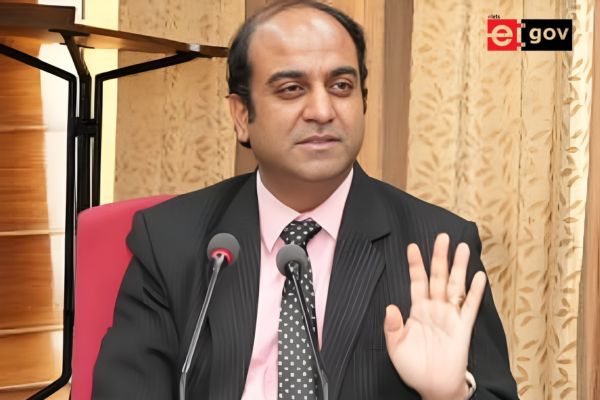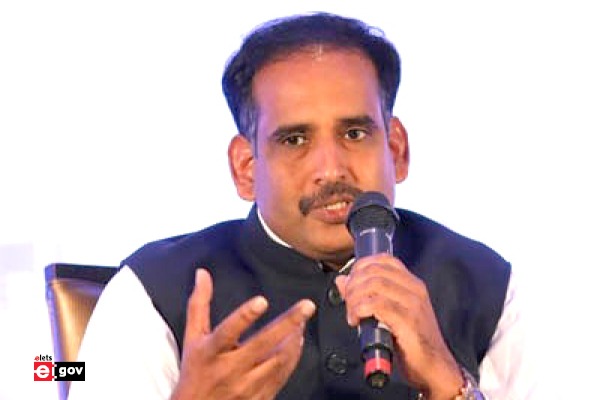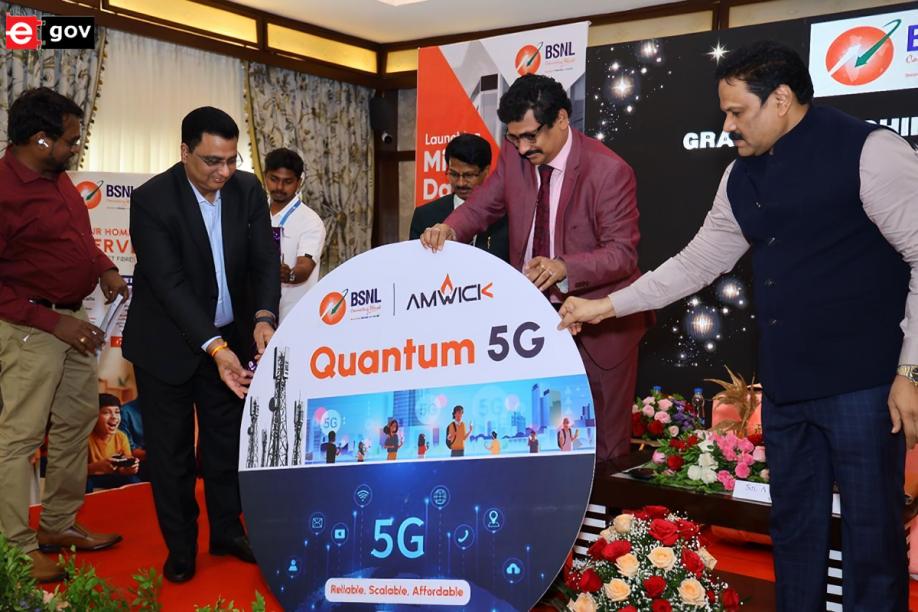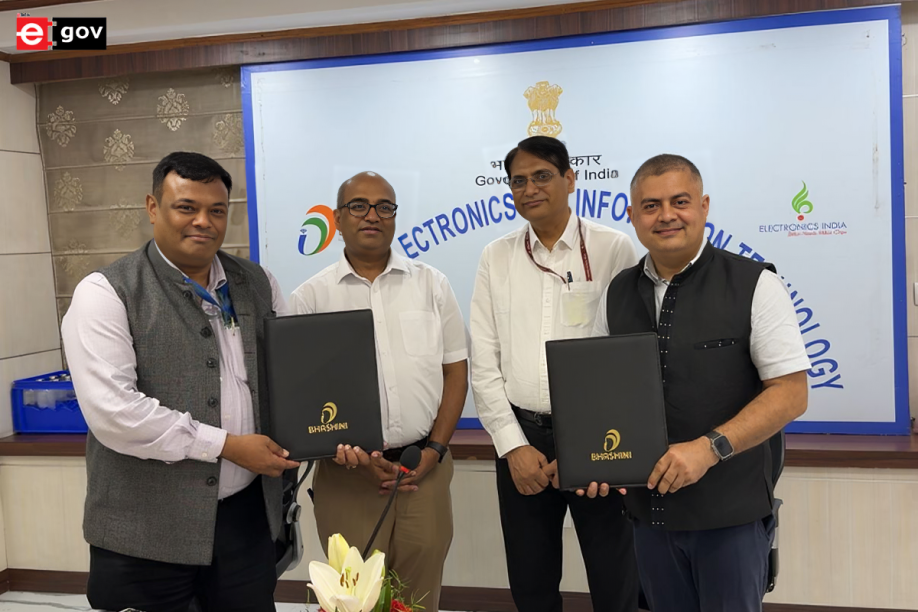
The Union Budget 2025-26 has significantly increased financial support for the PM Surya Ghar scheme, demonstrating the government’s commitment to expanding solar energy adoption across India. The budget has raised the scheme’s allocation by 80%, from ₹11,100 crore to ₹20,000 crore, aiming to accelerate the installation of rooftop solar systems and meet the country’s renewable energy targets.
Launched in February 2024, the PM Surya Ghar: Muft Bijli Yojana seeks to install solar panels on one crore homes by 2027. In its first year, the scheme has already facilitated solar installations in over 8.6 lakh households. The government has outlined a roadmap to achieve this ambitious goal, planning to reach 10 lakh installations by March 2025, 20 lakh by October 2025, 40 lakh by March 2026, and the full one crore target by March 2027.

Despite the progress made, the implementation of the scheme initially faced challenges, including delays caused by-elections and weather-related disruptions. As of January 2025, the scheme had received nearly 44 lakh applications and recorded 1.7 crore registrations. Of these, around 19% of applicants have successfully installed rooftop solar systems. The government has already disbursed ₹4,966 crore in subsidies from the overall ₹78,000 crore budget allocated for the program.

The PM Surya Ghar scheme is a key initiative in India’s broader strategy to transition to renewable energy and reduce reliance on fossil fuels. Under the latest Nationally Determined Contribution (NDC) targets, India aims to reduce the emission intensity of its GDP by 45% by 2030, compared to 2005 levels. The country also aims to ensure that at least 50% of its total installed power capacity comes from non-fossil fuel sources by the same year.

The government provides substantial financial incentives under the scheme to encourage households to install solar panels. Subsidies cover 60% of the cost for solar systems up to 2 kW and 40% for additional capacity up to 3 kW. At current benchmark prices, the subsidies amount to ₹30,000 for a 1 kW system, ₹60,000 for a 2 kW system, and ₹78,000 for a 3 kW system or higher. This financial support makes solar energy more affordable for households, reducing electricity costs while promoting clean energy.

Union Minister for New and Renewable Energy, Pralhad Joshi, highlighted India’s rapid progress in renewable energy adoption at the India Energy Transition Conference. He emphasized that the country’s installed renewable energy capacity has increased by 200% over the past decade, from 75.52 GW in 2014 to 220 GW in 2024. Additionally, the cost of solar power generation in India has declined significantly, with tariffs falling from ₹10.95 per unit in 2010-11 to ₹2.15 per unit today. These developments position India as a global leader in affordable solar energy.
Also Read | PM Surya Ghar Muft Bijli Yojana Boosts ₹1.2 Trillion Solar Power Growth
The increased budget allocation for the PM Surya Ghar scheme will play a crucial role in scaling up installations and ensuring that more households benefit from solar energy. Experts anticipate a sharp rise in installation rates in FY26 and FY27 as initial challenges are addressed and implementation speeds up. The initiative is expected to not only provide cost savings for consumers but also contribute to environmental sustainability and energy self-sufficiency.
Be a part of Elets Collaborative Initiatives. Join Us for Upcoming Events and explore business opportunities. Like us on Facebook , connect with us on LinkedIn and follow us on Twitter, Instagram.
"Exciting news! Elets technomedia is now on WhatsApp Channels Subscribe today by clicking the link and stay updated with the latest insights!" Click here!













